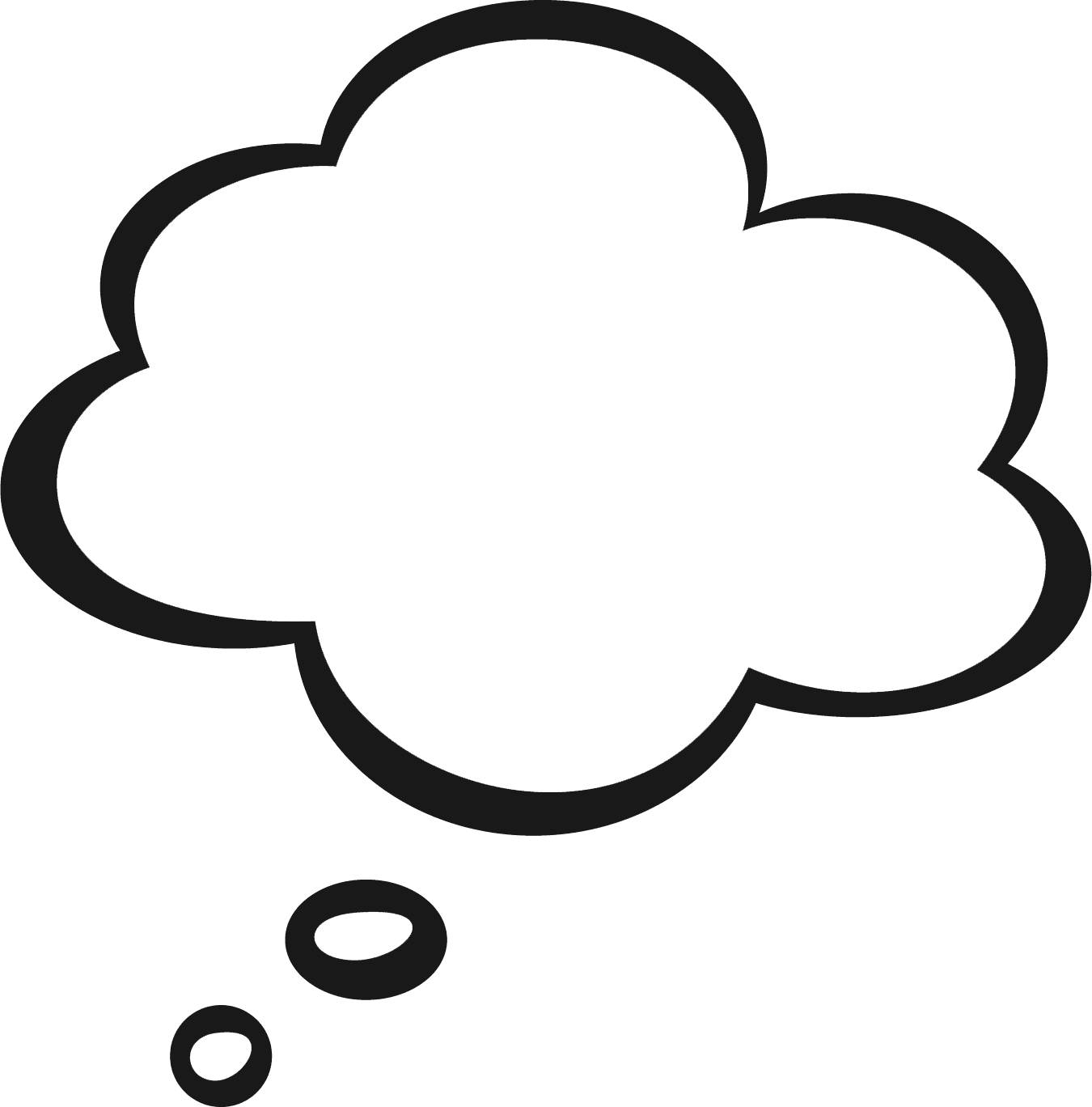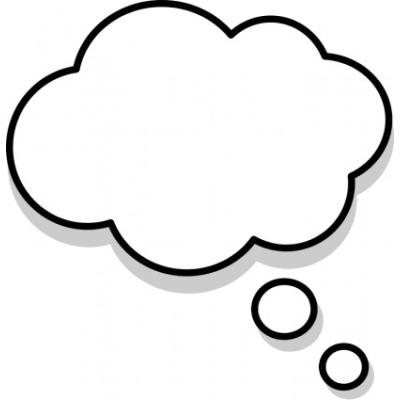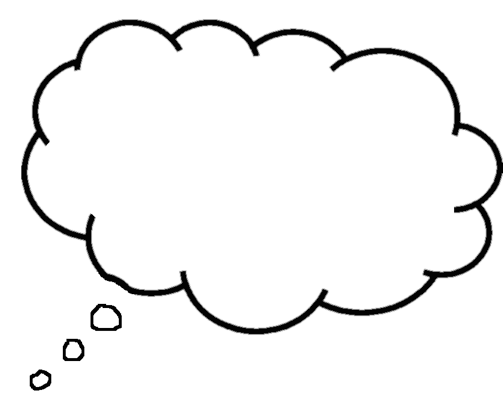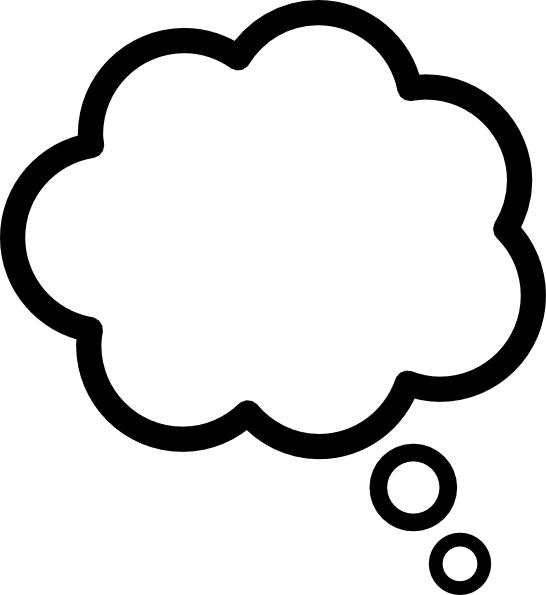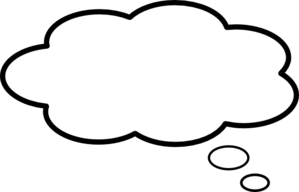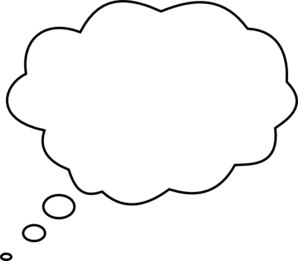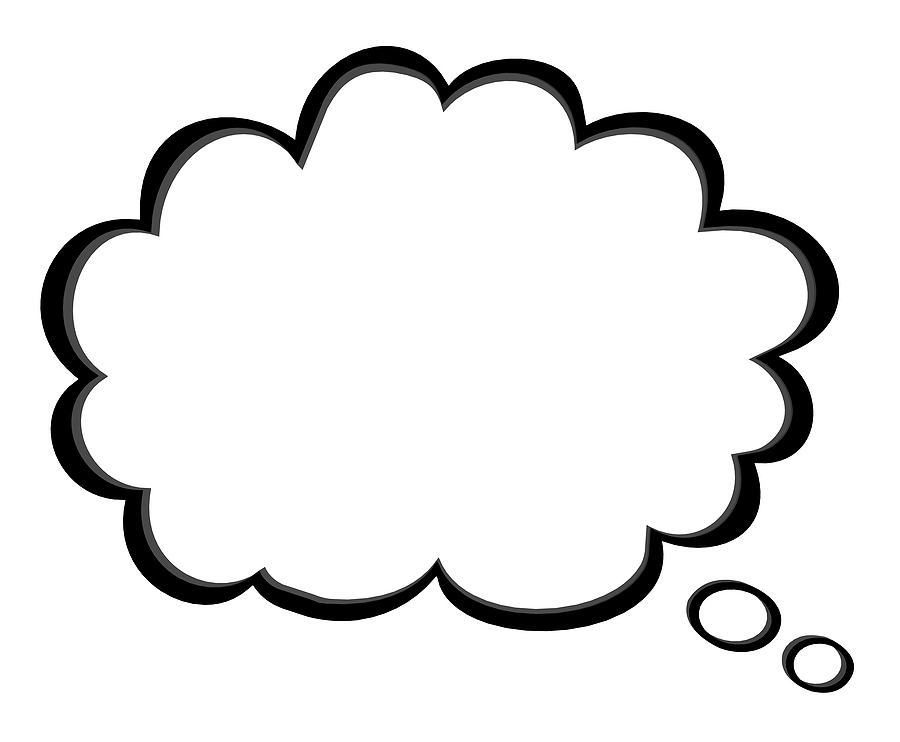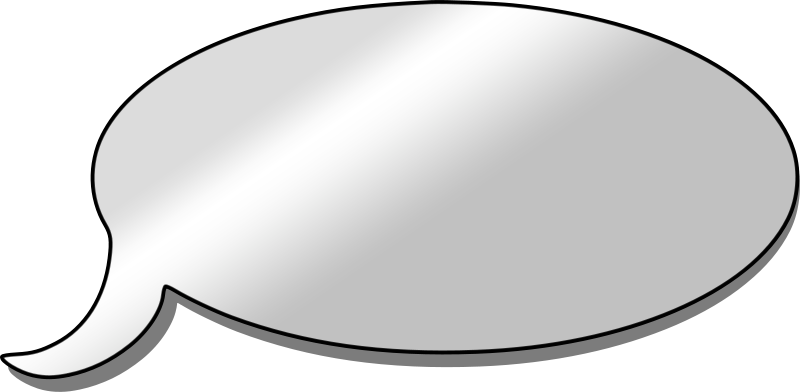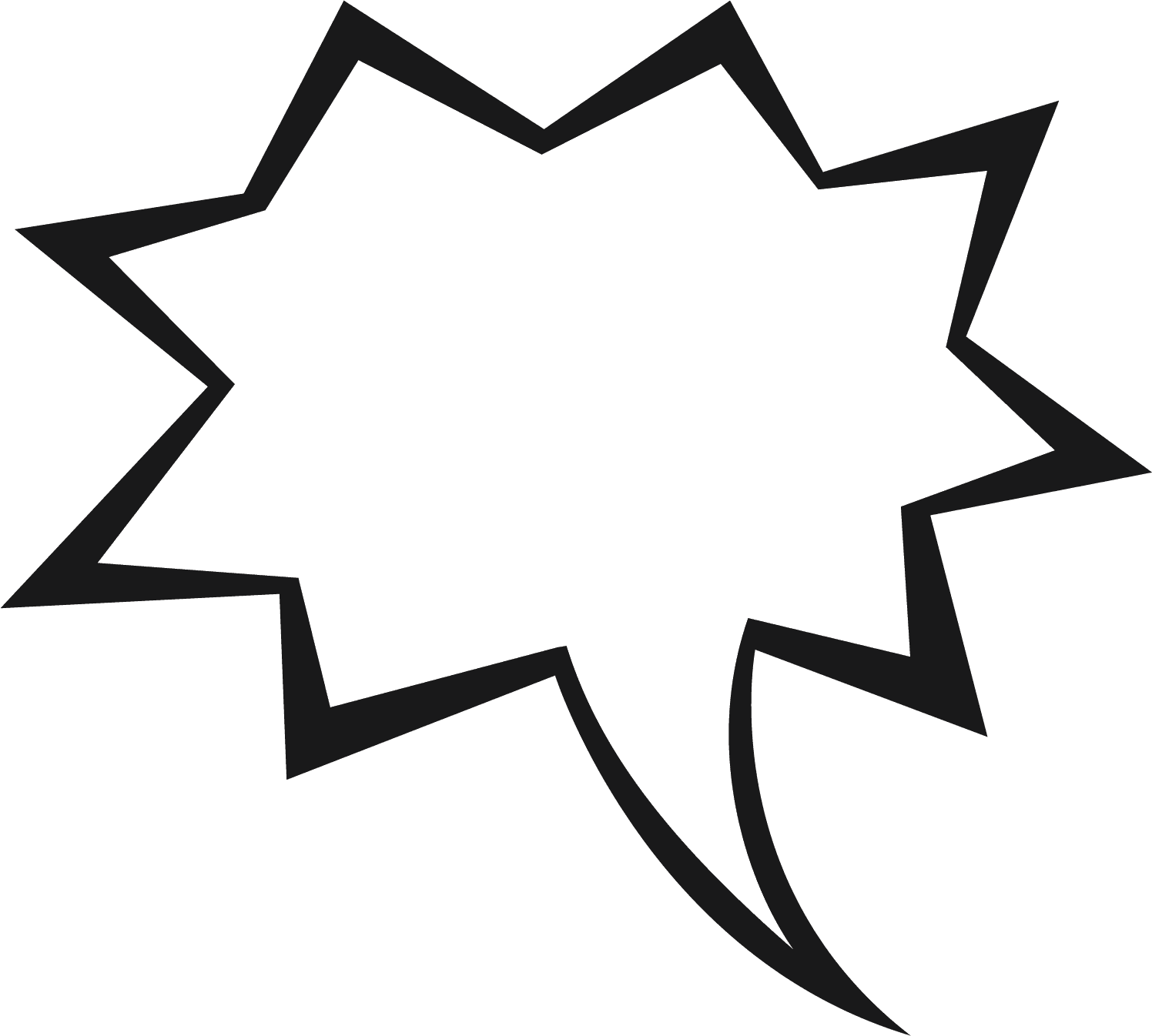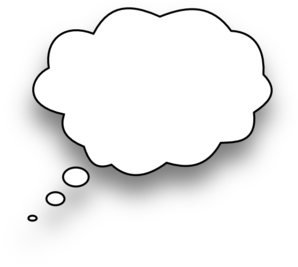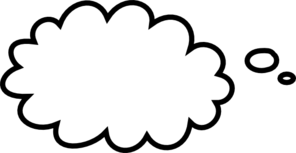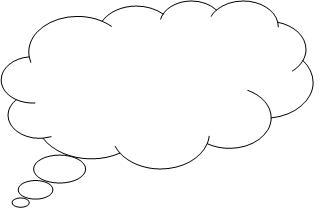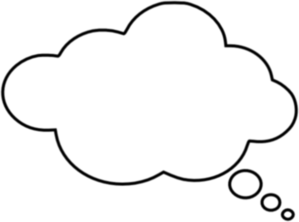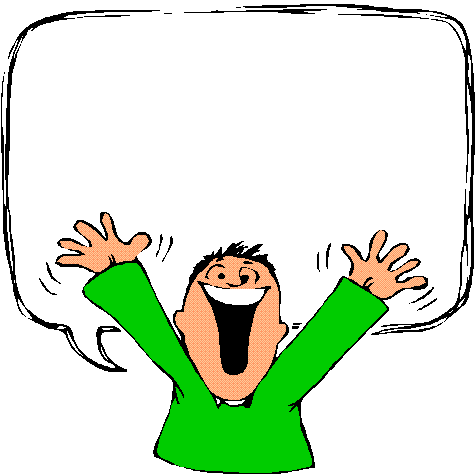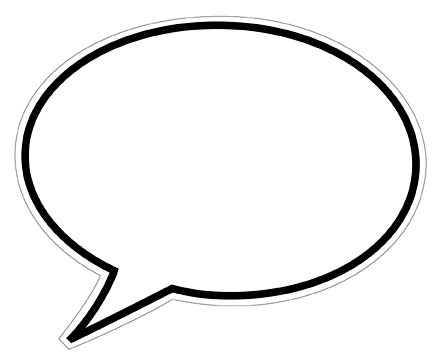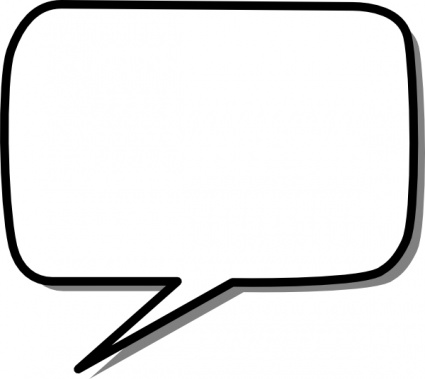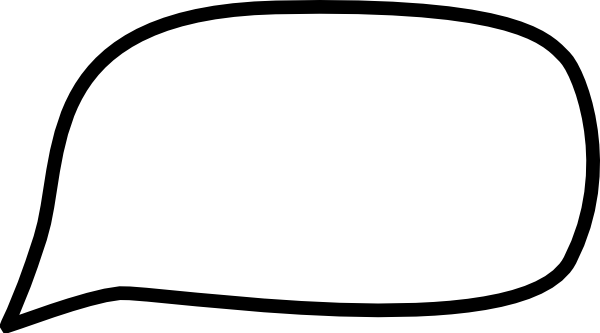Thought Bubble Clipart
A thought bubble is a convention used in various graphic mediums like comics and cartoons to depict a character’s inner thoughts and thought processes. The thought bubble contains text or images representing whatever the thinker is pondering, wondering, remembering, or daydreaming about at that moment.
Thought bubbles are most commonly associated with comics, as a tool that allows the writer to literally show what a character is thinking. This provides deeper insight into the motivations and personality of characters as well as moving the plot forward. However, thought bubbles have also been embraced by more mainstream animation and media as well.
History of Thought Bubbles
The origins of thought bubbles can be traced back to early comic strips in the late 19th century. Artists experimented with different visual conventions to communicate a character’s thoughts and emotions, including basic speech bubbles and more metaphorical imagery floating above a character’s head. Eventually, the now-familiar thought bubble shape emerged as a commonly recognized way to depict thinking.
Initially, thought bubbles were sometimes used interchangeably with speech bubbles and lacked consistent styling. It took a few decades for standard conventions to solidify, like bubbles with dotted outlines used for thinking versus clear outlines for speech. These days the thought bubble template has spread across languages and cultures globally as visual shorthand for thinking.
Basic Elements of a Thought Bubble
There are a few key elements that make up most standard thought bubbles:
- Bubble shape – The bubble containment itself is almost always depicted as a round or oval shape. This enclosed space separates and highlights the text/imagery representing thoughts.
- Placement near head – Thought bubbles are usually drawn coming directly out of a thinker’s head, or floating just above it to represent the thoughts originating from the mind.
- Dotted/cloud outline – The outlines on a thought bubble typically consist of spaced dots or irregular circles rather than solid lines. This differentiates them from the clear outlines of speech bubbles.
- Images/text depicting thought process – Inside the bubble, sentences, images, symbols, or metaphors display what the character is thinking internally at the moment.
More experimental or avant-garde comics sometimes bend these conventions, but most thought bubbles contain these core components. Their classic look immediately conveys to readers that a private thought process is being depicted.
Variations in Thought Bubble Designs
While all thought bubbles have the same basic purpose, there are many artistic variations that add visual interest or communicate certain qualities about the thoughts:
- Shape – Thought bubbles can be depicted as standard round domes, stretched ovals, irregular shapes with multiple bulges, or even just a dotted line encircling imagery.
- Size – Larger bubbles may indicate deeper thought or loud mental “shouting,” while small bubbles imply fleeting thoughts.
- Border – The dotted line can range from irregular and sketchy to orderly dots, convey a sense of chaotic or clearheaded thinking respectively.
- Directionality – Thought bubbles usually emerge from the thinker’s head but can also float above or circle around them. Directional tails depict thought directed at something specific.
- Interior style – Simple text conveys a neutral internal monologue while images, symbols, and fonts with distinctive styles add tone and subtext. More creative content typically represents imaginative thought.
The flexibility of thought bubble design allows creators to reinforce key traits about the thinker or ideas being pondered. Customizing the look helps make the internal processes truly dynamic.
Thought Bubbles vs Speech Bubbles
Speech bubbles and thought bubbles both contain relevant content communicated from a given character. However, there are some key differences:
- Speech bubbles represent external verbal communication, with a tail pointing to the speaker. Thought bubbles depict internal non-verbal thinking, emerging from the thinker’s head.
- Speech bubble outlines are made up of solid lines while thought bubbles have dotted, irregular outlines.
- The content of a speech bubble is actual dialogue uttered aloud. Thought bubble content is mental imagery that only the thinker can “hear.”
- Speech bubbles are usually more straightforward sentences. Thought bubbles often depict complex imagery symbolizing ideas or metaphors for emotions.
Keeping these core differences in mind helps readers instantly recognize what type of communication is happening based on the bubble style. This visual shorthand developed over time into standard comic grammar that is now widely understood across cultures.
Thought Bubbles in Other Languages
Given their development through major comics and print publications, thought bubbles have been embraced globally as a storytelling device. No matter what language the content appears in, the conventions of thought bubble style make the meaning crystal clear.
For example, a dotted-line oval emerging from a head tells the reader a thought process is occurring – whether it contains symbols, script like Hindi, glyphs like Mandarin, or numbers like binary code.
In Japanese manga, thought bubbles often have extra swirls or chiseled edges to indicate additional excitement or tension. But the round shape itself aligned to a character rather than in caption boxes still conveys thoughts or memories distinctly from speech. While cultural tropes around emotion vary, core thought bubble shorthands translate universally.
Making Your Own Thought Bubbles
Anyone can easily add thought bubbles to their own doodles, cartoons or comics. Some tips for drawing effective thought bubbles include:
- Use pencil first when constructing the overall size and shape
- Leave enough space for dialogue or imagery inside the bubble’s limits
- Add variable line weights for depth and definition of the bubble’s boundary
- Ink outlines with markers, pens or digital lines in post-production
- Erase underlying graphite before finalizing black outlines
- Dots made with ballpoint pens or markers lend better texture than plain digital circles
For the thought content itself, dispense visual metaphors, symbols, prospects, memories – let your ideas roam. Add style to fonts for tone or use colors if rendering digitally. With some practice, personalized thought bubbles help unlock any character’s inner world!
Thought Bubble Clipart and Graphics
In addition to drawing your own thought bubbles, a huge range of thought bubble clipart and graphics exists online for easy access. Clipart refers to simple line drawings and illustrations that can be copied or downloaded for reuse. Thought bubble shapes with blank insides or basic generic text are available as clipart. There are also pre-made graphics using thought bubbles integrated with popular characters, phrases, emoji, symbols, and scenarios. These can serve as handy thought bubble images to quickly incorporate onto documents, websites, presentations, social media, products, etc.
Using Thought Bubble Clipart
Thought bubble clipart can add fun flair to crafts, stickers, party invitations, artwork, service offerings, presentations, websites, and more. The graphic nature grabs attention while supporting communications or explanations about thinking, motivations, expectations, dreams etc. However, it’s important to confirm terms around proper usage and licensing before incorporating clipart, especially for commercial or public-facing applications. Attribution may be required and alterations should stay within guidelines. With the right frameworks in place, thought bubble images provide engaging visual shorthand to highlight imagined concepts, inner monologues, memories, and compelling ideas that progress stories and connections. The classic thought bubble now serves globally as an iconic springboard for creativity.
In this page clipartix present 84 thought bubble clipart images free for designing activities. Lets download Thought Bubble Clipart that you want to use for works or personal uses.

